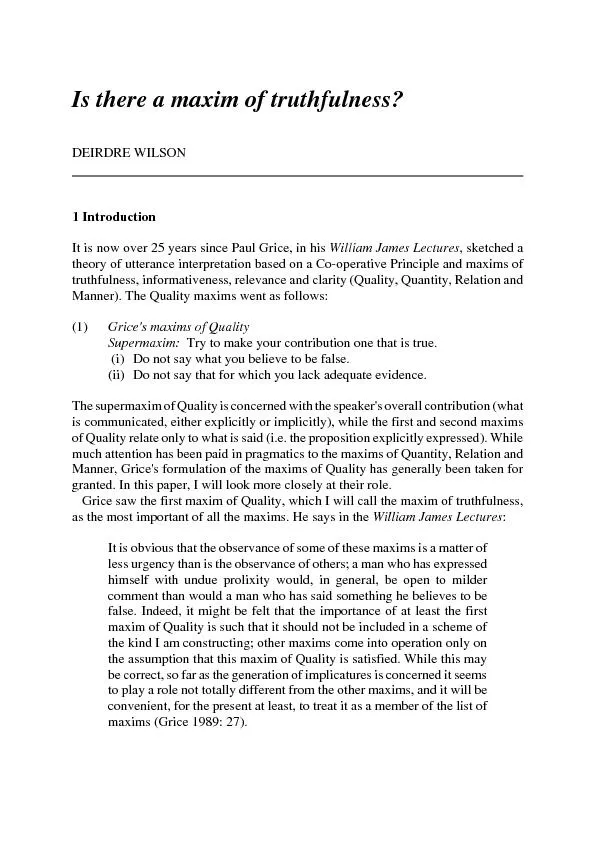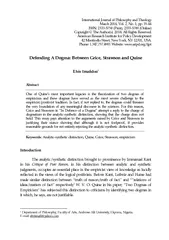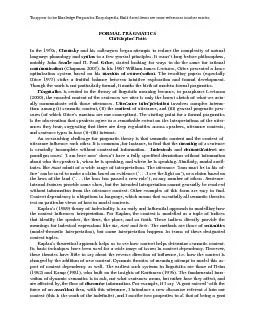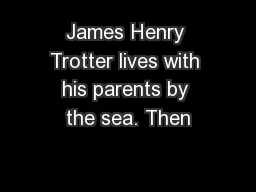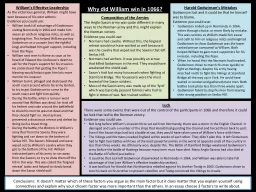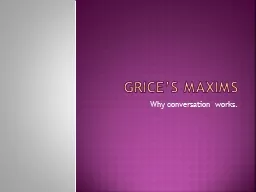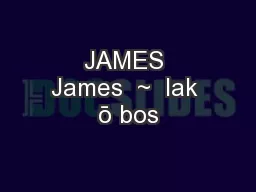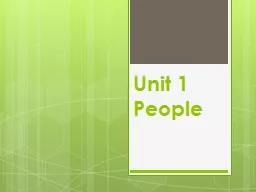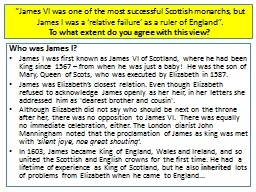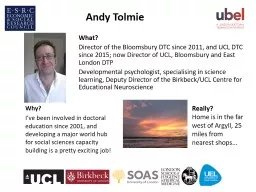PDF-It is now over 25 years since Paul Grice, in his William James Lecture
Author : pamella-moone | Published Date : 2016-06-25
Deirdre Wilson198 For modifications to this definition of optimal relevance see the Postface to the forthcoming Sperber Wilson 1986 where what I am calling the
Presentation Embed Code
Download Presentation
Download Presentation The PPT/PDF document "It is now over 25 years since Paul Grice..." is the property of its rightful owner. Permission is granted to download and print the materials on this website for personal, non-commercial use only, and to display it on your personal computer provided you do not modify the materials and that you retain all copyright notices contained in the materials. By downloading content from our website, you accept the terms of this agreement.
It is now over 25 years since Paul Grice, in his William James Lecture: Transcript
Download Rules Of Document
"It is now over 25 years since Paul Grice, in his William James Lecture"The content belongs to its owner. You may download and print it for personal use, without modification, and keep all copyright notices. By downloading, you agree to these terms.
Related Documents

